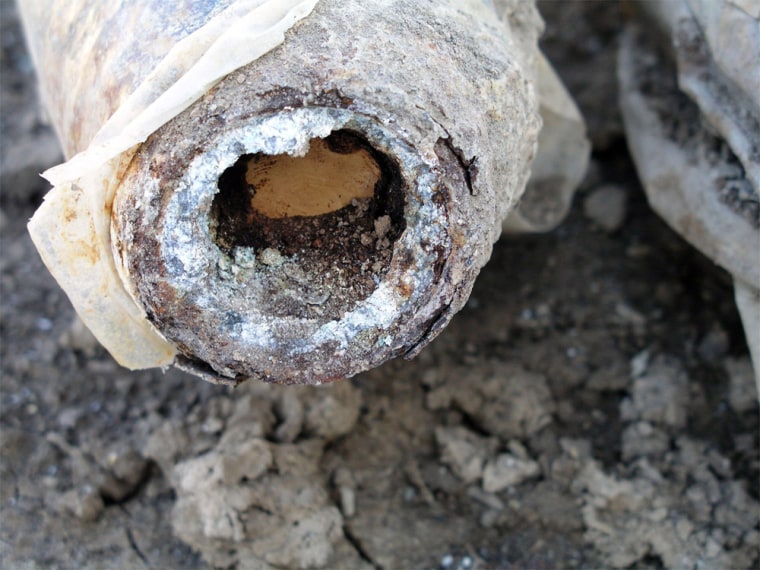Danish and Icelandic troops uncovered a cache of 36 shells buried in the Iraqi desert, and preliminary tests showed they contained a liquid blister agent, the Danish military said Saturday.
The 120mm mortar shells were thought to be leftovers from the eight-year war between Iraq and neighboring Iran, which ended in 1988, a U.S. military officer said.
The mortar shells were found by Danish engineering troops and Icelandic de-miners near Al Quarnah, north of Basra where Denmark’s 410 troops are based, the Danish Army Operational Command said in a statement.
The shells were wrapped in plastic but some had leaked and they appeared to have been buried for at least 10 years, it said.
Before the war started on March 20, the United States alleged that Iraq still had stockpiles of mustard gas, a World War I-era blister agent stored in liquid form. U.S. intelligence officials also claimed Iraq had sarin, cyclosarin and VX, which are extremely deadly nerve agents.

The U.S.-led coalition occupying Iraq after the war has found several caches that tested positive for mustard gas but later turned out to contain missile fuel or other chemicals. Other discoveries turned out to be old caches scheduled for destruction by United Nations inspectors.
Saddam’s regime used chemical weapons against Iranian soldiers and killed an estimated 5,000 Kurdish civilians in a chemical attack on the northern city of Halabja in 1988.
President Bush said the United States was going to war to destroy Iraq’s weapons of mass destruction, but a nine-month search has failed to find any current stockpiles.
The lack of evidence has led critics to suggest the Bush administration either mishandled or exaggerated its knowledge of Iraq’s alleged arsenal.
In October, Dutch marines found several dozen artillery shells from the 1991 Gulf War in the southern Iraqi town of Samawah, but the shells contained no biological or chemical agents. Samawah is 100 miles west of the southern region where the Danes discovered shells Saturday.
